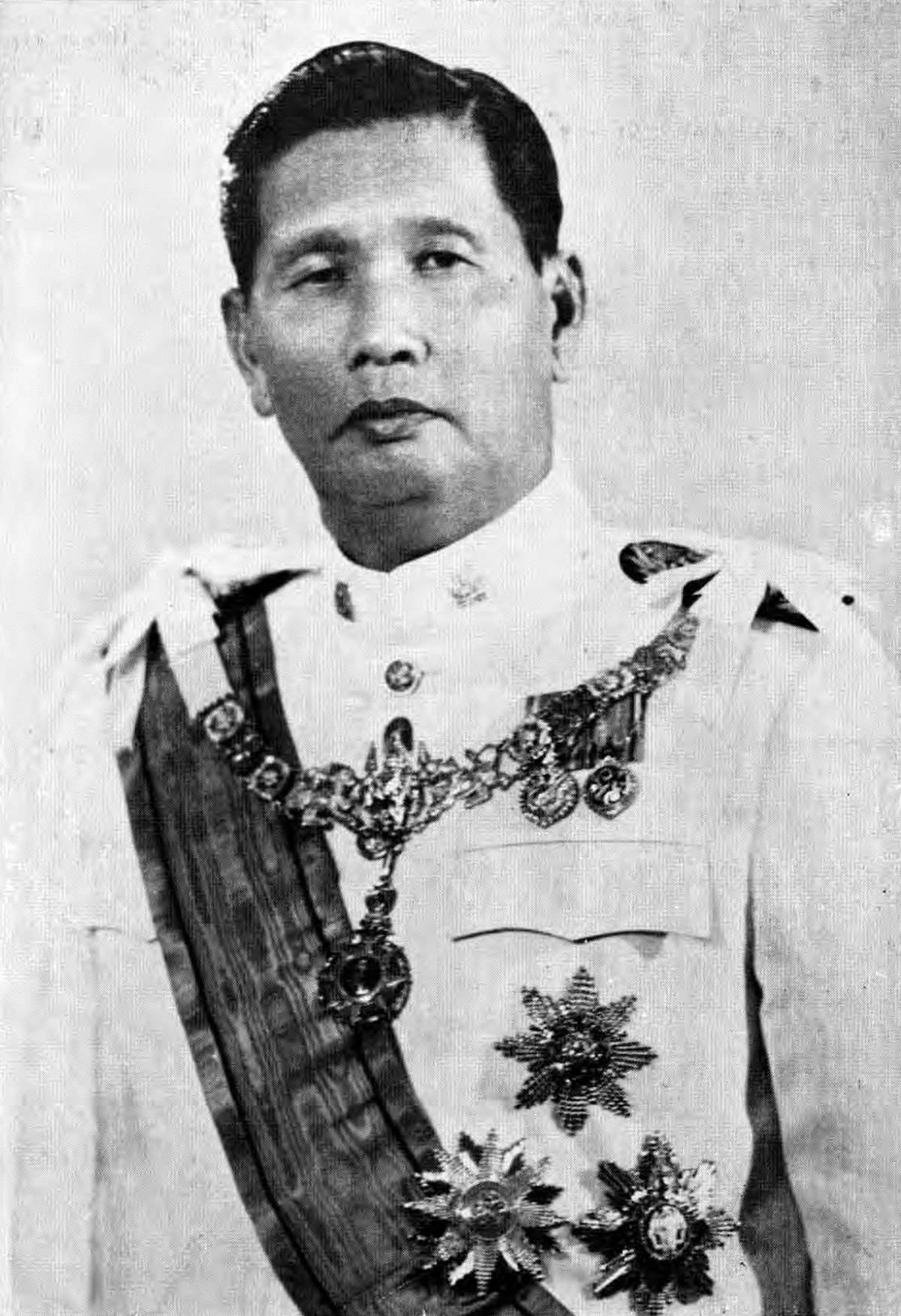
Thailand during the Cold War
ThailandPhibun's return to power coincided with the onset of the Cold War and the establishment of a communist regime in North Vietnam. There were attempted counter-coups by Pridi supporters in 1948, 1949, and 1951, the second leading to heavy fighting between the army and navy before Phibun emerged victorious. In the navy's 1951 attempt, popularly known as the Manhattan Coup, Phibun was nearly killed when the ship where he was held hostage was bombed by the pro-government air force.
Although nominally a constitutional monarchy, Thailand was ruled by a series of military governments, most prominently led by Phibun, interspersed with brief periods of democracy. Thailand took part in the Korean War. Communist Party of Thailand guerrilla forces operated inside the country from the early-1960s to 1987. They included 12,000 full-time fighters at the peak of movement, but never posed a serious threat to the state.
By 1955 Phibun was losing his leading position in the army to younger rivals led by Field Marshal Sarit Thanarat and General Thanom Kittikachorn, the Sarit's army staged a bloodless coup on 17 September 1957, ending Phibun's career for good. The coup beginning a long tradition of US-backed military regimes in Thailand. Thanom became prime minister until 1958, then yielded his place to Sarit, the real head of the regime. Sarit held power until his death in 1963, when Thanom again took the lead.
The regimes of Sarit and Thanom were strongly supported by the United States. Thailand had formally become a US ally in 1954 with the formation of the SEATO While the war in Indochina was being fought between the Vietnamese and the French, Thailand (disliking both equally) stayed aloof, but once it became a war between the US and the Vietnamese communists, Thailand committed itself strongly to the US side, concluding a secret agreement with the US in 1961, sending troops to Vietnam and Laos, and allowing the US to use airbases in the east of the country to conduct its bombing war against North Vietnam. The Vietnamese retaliated by supporting the Communist Party of Thailand's insurgency in the north, northeast, and sometimes in the south, where guerrillas co-operated with local discontented Muslims. In the postwar period, Thailand had close relations with the US, which it saw as a protector from communist revolutions in neighbouring countries. The Seventh and Thirteenth US Air Forces were headquartered at Udon Royal Thai Air Force Base.[70]
Agent Orange, a herbicide and defoliant chemical used by the U.S. military as part of its herbicidal warfare program, Operation Ranch Hand, was tested by the United States in Thailand during the war in Southeast Asia. Buried drums were uncovered and confirmed to be Agent Orange in 1999.[71] Workers who uncovered the drums fell ill while upgrading the airport near Hua Hin District, 100 km south of Bangkok.[72]
